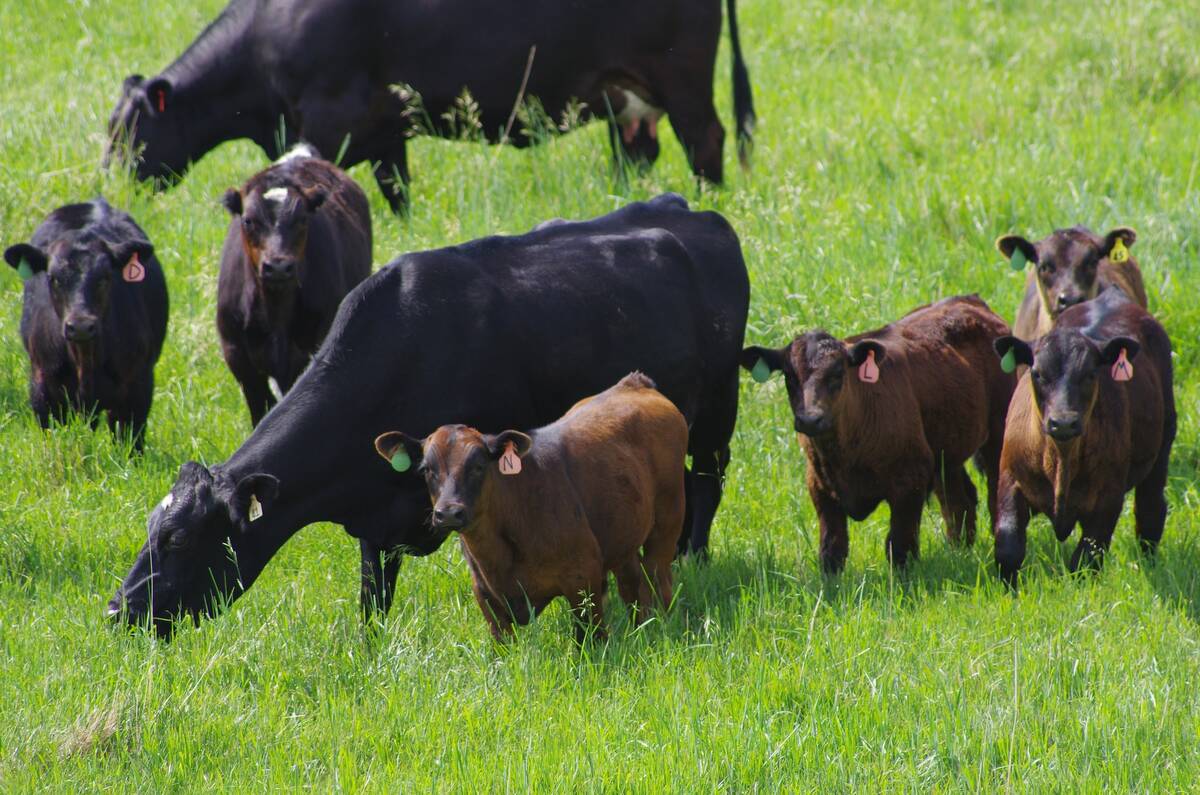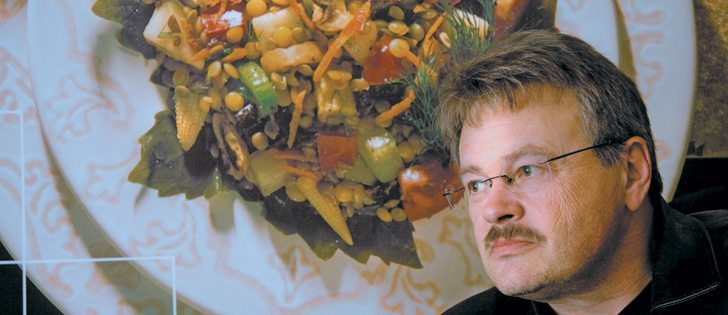Packed with antioxidants | InfraReady Products’ grain-based food products contain anthocyanins
A marketer of niche grain products anticipates more specialty wheat production in the post single-desk environment.
Mark Pickard, president of InfraReady Products (1998) Ltd., said the CWB’s export monopoly was an impediment to those hoping to de-velop and export niche wheat varieties.
The situation improved when the CWB developed its Field to Plate program in 2006, which allowed processors involved in niche markets to buy up to 500 tonnes of a grain a year from farmers without the need for buy-backs or export licences.
But Pickard thinks the niche wheat industry will really take off under an open market.
Read Also

Manitoba extends Crown land rent freeze
Manitoba government links the continued rental rate freeze on grazing and forage leases to economic and environmental challenges facing the industry
Purple wheat is a good example of the potential for specialty grains. It is a line of wheat that contains anthocyanins, the same type of potent antioxidant found in blueberries.
InfraReady is contracting production of its AnthoGrain wheat with a small group of western Canadian growers, using its technology to process it into forms people can use by pre-cooking it and making flours, flakes and meals and then selling those products to customers in southeast Asia.
It has a client in Singapore that is creating noodles out of purple wheat, one in Taiwan using it in a breakfast cereal and a customer in Malaysia using AnthoGrain flour to make bread.
“It’s interesting because those countries that don’t have a bread culture seem to be a lot more accepting of these new ingredients than we are here in North America,” Pickard told delegates attending Ag-West Bio’s annual meeting.
It is difficult to convey the benefits of eating products containing purple wheat in the North American marketplace.
“We’re so restricted to be able to tell that story to consumers in Canada because it doesn’t have a qualified health claim,” he said.
However, manufacturers in Singapore can inform consumers that one serving of noodles made from purple wheat contains the same level of antioxidants as 84 grams of blueberries.
InfraReady got its hands on purple wheat in the mid-1990s from Sask-atchewan Wheat Pool.
The grain company had been attempting to develop a wheat for the ethanol industry, and on the advice of the Canadian Grain Commission had selected a purple wheat so that it was visually distinguishable from milling wheat.
InfraReady received two bags of the breeder seed when Sask. Pool shut down its ethanol venture, and Pickard’s father multiplied the seed. InfraReady initially intended to focus on marketing the unique colour attribute of the grain until it discovered the high antioxidant levels it contained.
Pickard said most purple grain seed likely comes from high altitudes, where ancient farmers saved the seed because it protected their grain from oxidation. Oxidation is a big problem at high elevations because of the increased exposure to ultraviolet radiation.
InfraReady is working with purple corn from Peru. Research has shown the anthocyanin extracts from that corn reduce kidney deterioration in diabetics.
“This is powerful medicine, and it’s natural medicine,” he said.
However, the main focus remains on purple wheat, which accounts for 10 percent of InfraReady’s business.
University of Saskatchewan Crop Development Centre breeder Pierre Hucl has developed a new line of purple wheat with double the antioxidants of existing lines. It is in the breeder seed increase phase of de-velopment.
“Having a new and improved version going forward for us is very powerful,” Pickard said.
“We have broken a little bit of trail, but to follow that up with something better — perfect.”
The company is also working with POS Bio-Sciences to create a purple wheat vodka. One ounce of the vodka contains the same level of antioxidants as 250 grams of blueberries.
“So we’re kind of working on this guilt-free drinking concept,” said Pickard.
However, the company isn’t allowed to associate anything healthy with the consumption of alcohol.
It is also having trouble marketing the product because of its inability to get the proper permit from the Saskatchewan Liquor and Gaming Authority.
“We’re working on it,” said Pickard.
















